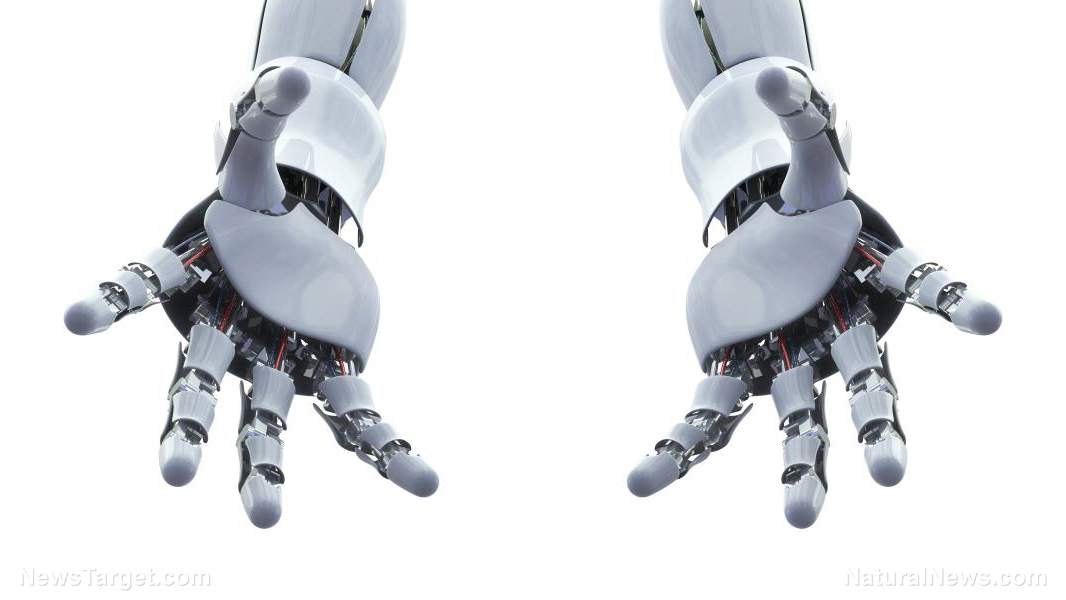
The Ford Motor Company isn't satisfied with self-driving vehicles that bring passengers to destinations. The automaker has recently announced a new delivery robot that can take packages and deliver them right to the doorstep of customers.
Ford teamed up with startup Agility Robotics and together, they developed "Digit," a bipedal robot that will handle last-mile deliveries.
Digit and other delivery robots try to patch a glaring problem created by self-driving delivery vehicles. Removing all human personnel to cut costs means that no one remains inside the car to deliver the package to the front door. Autonomous robots will pick up the slack. The machines will take the package from the vehicle, bring it to the customer's front step, trade it for the receipt, and head back.
“It's not always convenient for people to leave their homes to retrieve deliveries or for businesses to run their own delivery services,” posted Ford chief technology officer Ken Washington. “If we can free people up to focus less on the logistics of making deliveries, they can turn their time and effort to things that really need their attention.” (Related: Don’t take your hands off the wheel: Tesla’s autosteer actually INCREASES risk of crashes; previous findings were “misinterpreted”.)
Ford commissions bipedal robot that walks like a human
Agility Robotics developed Digit as a bipedal robot with a roughly humanoid shape. Besides vaguely resembling a human, it also walks like a person, giving it better movement than most machines.
The new robot possesses the mechanical strength to pick up and bear items that weigh up to 40 lbs (20 kg). It can carry food, groceries, and packages with similar machine precision.
Digit can walk up and down flights of stairs and crosses rough surfaces. If a human bumps into it on a sidewalk, the robot can recover its balance.
Starship Technologies and other companies have created delivery robots of their own to bring food and other items to customers. However, these earlier designs use wheels for movement.
The wheeled robots prove unable to overcome their greatest foe – stairs.
In contrast, Digit walks upright on two legs like humans. Thanks to its bipedal means of movement, it can cross a more diverse range of environments.
Further, Digit can compact itself up into a smaller shape, like the battle droids from the Star Wars movies. Its folded-up form can fit quite snugly in the back of a self-driving delivery vehicle.
A self-driving vehicle will direct this delivery robot to your doorstop
When the self-driving delivery vehicle reaches its destination, Digit will unfold itself. It will collect the right package, step out of the delivery van, and complete the last leg of the delivery process.
The robot will navigate its way from its transportation to the front door using a detailed map of the area. The map data comes from the self-driving vehicle, which scans the surrounding area.
If Digit runs into an obstacle that stops it cold in its tracks, it will confer with the self-driving vehicle to come up with a way to get around the barrier.
“Through our collaboration with Agility, we are striving to determine the best way for our self-driving vehicles to cooperate with Digit and understand how this new delivery method can be taken advantage of in the future,” claimed Washington.
Ford remains mum on when it intends to deploy Digit for last-mile deliveries. For its part, Agility Robotics expects the first delivery jobs at the start of 2020.
Digit will compete with delivery robots designed by other companies like Swiss company ANYbotics, which debuted its robot delivery dog earlier in 2019.
Sources include:
Please contact us for more information.





















